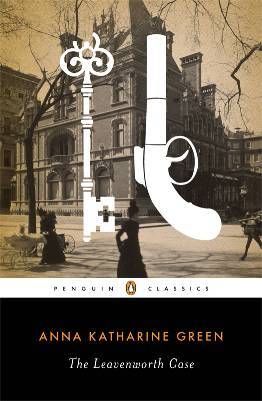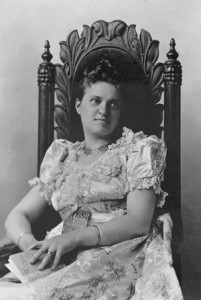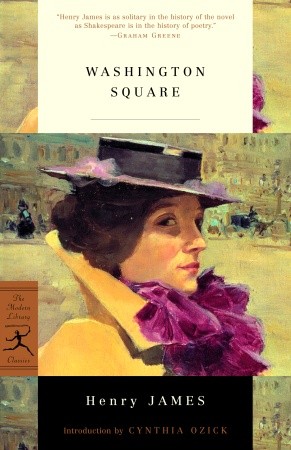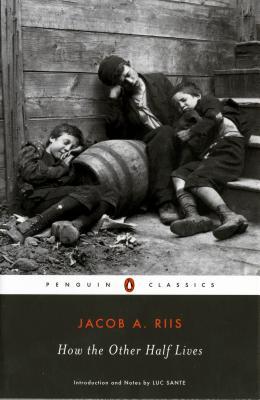Changing pace from the last few 17th Street book blogs, I have decided to revisit The Alienist’s roots in nineteenth century sensation and detective fiction for February’s book blog. As we discovered in last year’s special three-part series overviewing The Alienist’s themes, one of Caleb Carr’s inspirations while writing the novel was the work of sensation novelist Wilkie Collins, with the Detective Sergeants Marcus and Lucius Isaacson even being described as having been inspired to become detectives after reading Collins’ work as boys. Although not mentioned in the Alienist novels, another author the Isaacson brothers might have enjoyed reading alongside Wilkie Collins was a New York local, Anna Katharine Green, whose first full length detective novel, The Leavenworth Case, quickly became a best-seller when it was published in 1878.
What’s it about?
Set in 1876, The Leavenworth Case opens with narrator, Mr. Everett Raymond of Veeley, Carr & Raymond, attorneys and counsellors at law, being the only partner present in his firm’s office on the morning that one of their most notable clients, Mr. Horatio Leavenworth, was found murdered in his Fifth Avenue mansion. Upon being summoned to the Leavenworth residence to provide legal assistance to the deceased’s nieces during the coroner’s inquest, Mr. Raymond finds himself embroiled in an atmospheric “locked room mystery,” with a house full of suspects, the key to the crime scene missing, stolen papers, a missing lady’s maid, unreliable witnesses, and a beautiful heiress with a mysterious secret. Add the “tireless, rheumatic, and sardonic” Mr. Ebenezer Gryce, the brilliant yet eccentric police detective who plays Sherlock to Mr. Raymond’s Watson, and you have a gripping murder mystery that takes you from streets and mansions of 1870s Manhattan all the way to quiet cottages in the villages of upstate New York.
My thoughts
While reading The Leavenworth Case I found it easy to imagine the Isaacson brothers poring over the novel as boys, bickering about who the most likely suspects might be along with learning as much as possible about the fascinating field of criminal detection and, in Marcus’ case, the law. Indeed, as Michael Sims notes in his excellent Introduction to the novel’s 2010 Penguin edition, The Leavenworth Case was acclaimed by contemporary critics for its accuracy in portraying the legalities surrounding criminal investigation, and was even assigned to law students at Yale shortly after its publication to illustrate the dangers associated with circumstantial evidence. The daughter of a Manhattan attorney, Anna Katharine Green’s careful observations of her father throughout his career clearly influenced her work; Michael Sims goes on to note that even after her father insisted that she show the manuscript to a judge before it went to print, the judge was unable to find fault with the text except for the use of a single word (equity) that she had used in “a colloquial rather than a precise legal sense.”
However, more than just an accurate portrayal of the legalities of criminal investigation in the nineteenth century, Michael Sims notes that The Leavenworth Case is also acclaimed as a genre defining piece of detective fiction. Although the influence of sensation novelists such as Wilkie Collins are readily apparent in the similarities the novel holds to works like The Woman in White (e.g., its inclusion of two young women at the center of the mystery, one of whom the narrator is drawn to for purposes other than the investigation), it is fascinating to see how Anna Katharine Green built upon and established genre conventions that would go on to influence other giants of detective fiction, including such luminaries as Arthur Conan Doyle and Agatha Christie. Beyond elements such as the inclusion of crime scene diagrams and the interaction between the narrator and detective (prototypical of what we have come to associate with Holmes and Watson), Green is also credited as the first major detective novelist who had over three dozen mystery books to her name at the end of her forty-five year career, while her creation Ebenezer Gryce is credited as the first series detective; Sherlock Holmes would not appear in print for another nine years.
From my own perspective, the greatest draw of The Leavenworth Case has to be—as in all good detective fiction—the detective himself, Ebenezer Gryce. Although he bears little resemblance to the fictional detectives who came before or after him, he is no less brilliant, eccentric, or amusing, as we discover from the very first scene in which he appears.
The Leavenworth Case, Book 1: Chapter 1
Mr. Gryce, the detective, was not the thin, wiry individual with a shrewd eye that seems to plunge into the core of your being and pounce at once upon its hidden secret that you are doubtless expecting to see. Mr. Gryce was a portly, comfortable personage with an eye that never pounced, that did not even rest—on you. If it rested anywhere, it was always on some insignificant object in your vicinity, some vase, inkstand, book or button. These things he would seem to take into his confidence, make the repositories of his conclusions, but you—you might as well be the steeple on Trinity Church, for all the connection you ever appeared to have with him or his thoughts. At present, then, Mr. Gryce was, as I have already suggested, on intimate terms with the door-knob.
Gryce also has a wry and appealing sense of humour, as we see further in the novel.
The Leavenworth Case, Book 2: Chapter 13
“Hannah found?”
“So we have reason to think.”
“When? Where? By Whom?”
Drawing up a chair in a flurry of hope and fear, I sat down by Mr. Gryce’s side.
“She is not in the cupboard,” that personage exclaimed, observing without doubt how my eyes went traveling about the room in my anxiety and impatience.
However, in the interests of an honest review, the novel is not without its flaws. Despite kicking off at a rollicking pace, I found the introduction of Mr. Leavenworth’s nieces midway through Book 1 (the novel is divided into four “Books”) to be, at first, off-putting; to say that their introduction also initiates a series of melodramatic exclamations, accusations, and weeping would be, well, something of an understatement. Even so, my advice would be to persist, at least until you’re a few chapters into Book 2 when the melodrama diminishes and the Sherlock and Watson interaction between Gryce and Raymond increases. If you do manage to persist, by the time you reach the end of Book 2 and are well into Book 3, you should find yourself thoroughly hooked, and will begin to understand why Arthur Conan Doyle took the trouble to request a meeting with Green when he made his 1890s tour of the United States, and why Wilkie Collins wrote of Green:
Her powers of invention are so remarkable—she has so much imagination and so much belief (a most important qualification for our art) in which she says… Dozens of times reading the story I have stopped to admire the fertility of invention, the delicate treatment of incident—and the fine perception of event on the personages of the story.
So, if you like detective fiction, sensation novels, or just a good mystery set in New York, it is certainly worth giving The Leavenworth Case a go. Perhaps you too will enjoy it as much as I suspect the Isaacson brothers would have.





